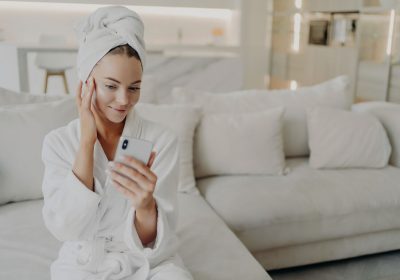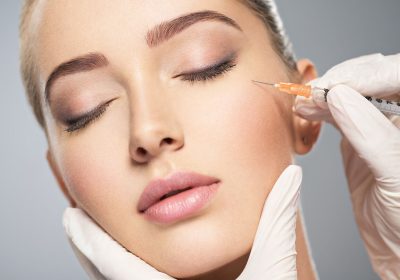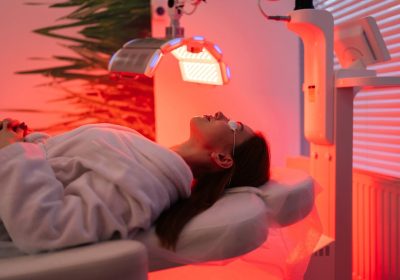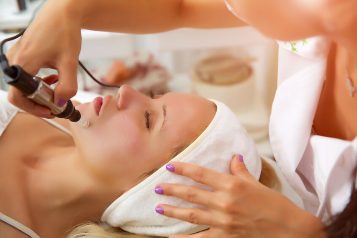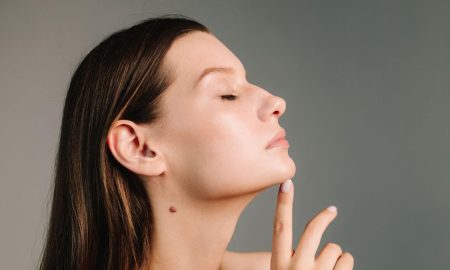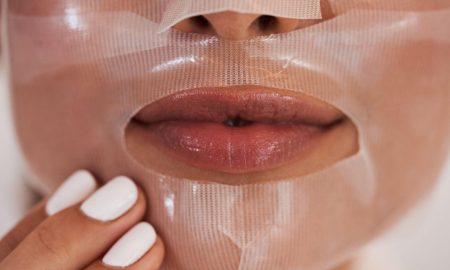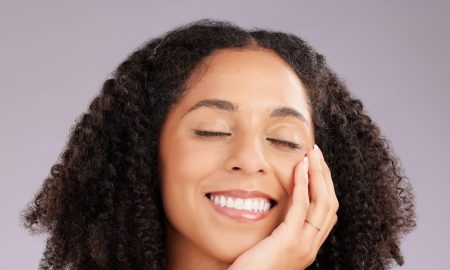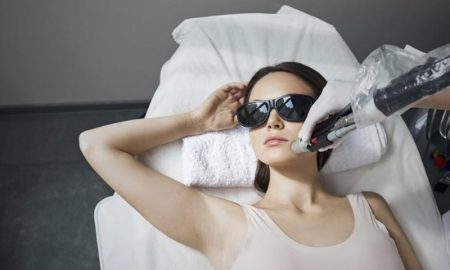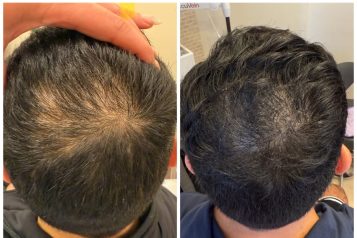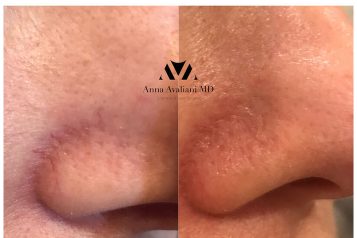 Photo Credit: Courtesy of Shutterstock
Photo Credit: Courtesy of Shutterstock
Whispered in front of mirrors and chanted through gritted teeth, the mantra "beauty is pain" has resonated across generations and cultures. It echoes in salons and doctor’s offices worldwide, shaping perceptions of cosmetic care. However, a transformative shift is underway. Beauty no longer requires painful sacrifices, as advancements in both technique and technology redefine the narrative. Join us as we delve into strategies for a more comfortable and empowering experience with cosmetic procedures.
 Photo Credit: Courtesy of ShutterstockThe Science Behind Pain
Photo Credit: Courtesy of ShutterstockThe Science Behind Pain
What exactly is pain, and why do we feel it? When we encounter something potentially harmful, such as a sharp object or extreme temperature, nociceptors, specialized nerve cells, send electrical signals to the brain through the spinal cord. The brain then interprets these signals as pain. Various factors, including stress and sleep, significantly influence this system. Stress can heighten pain perception by releasing hormones such as cortisol; a lack of sleep may lower our threshold for pain signals, making us more susceptible to feeling pain.
Cortisol isn't the only hormone that can dysregulate your endogenous opioid system. Have you ever felt like you’re more sensitive to pain right before your period? You’re not imagining it. Fluctuations in hormones like estrogen, progesterone, and testosterone play a part. Pain sensitivity usually increases right before you menstruate as estrogen and progesterone levels drop. Planning your cosmetic procedure when pain-relieving hormones peak, such as during the follicular phase of your cycle or early in the luteal phase, may offer a more comfortable experience.
 Photo Credit: Courtesy of Shutterstock
Photo Credit: Courtesy of Shutterstock
Pre-Treatment Strategies for Minimizing Discomfort
No matter when your next beauty treatment is scheduled, you can take proactive steps to enhance your comfort. Cultivate your natural pain-relieving partner, endorphins, through regular exercise, not only curbing inflammation and enhancing circulation but also reducing stress and potentially diminishing pain sensitivity over time. Complement this with adequate hydration and a diet rich in anti-inflammatory nutrients like Vitamin D, zinc, and magnesium, while steering clear of processed sugars and trans fats.
In-Office Pain Management Techniques
Dermatologists have an ever-increasing variety of innovative tools at their disposal to help manage discomfort during cosmetic procedures, including:
- Topical anesthetics like lidocaine block nerve signals to numb the skin, with newer formulas providing faster and longer-lasting relief.
- Vibratory Anesthesia Devices distract the nervous system from pain signals using targeted vibrations.
- Cooling devices and integrated technologies like Sofwave protect against discomfort and burns, which is especially beneficial for individuals with darker skin tones.
- The Pro-Nox system uses oxygen and nitrous oxide inhaled through a mouthpiece or mask to create a calming effect by activating opioid receptors and stimulating dopamine release. It works within seconds to make pain feel more tolerable. It clears from your body quickly, and there are no long-lasting sedative effects.
Following your cosmetic procedure, it's vital to adhere to the aftercare instructions provided by your doctor. To manage post-treatment pain and encourage healing:
- Avoid hot showers to prevent any swelling from worsening.
- Quit smoking. Nicotine can prolong healing time and lead to complications in recovery.
- SPF Always. Apply broad-spectrum sunscreen daily to protect your skin from the sun and prevent hyperpigmentation or burns.
 Photo Credit: Courtesy of Shutterstock
Photo Credit: Courtesy of Shutterstock
Your Path to Comfortable Cosmetic Care
Discard the outdated notion that beauty requires suffering. Embrace a more comfortable cosmetic journey by utilizing effective at-home and in-office pain management strategies. For any post-procedure questions or concerns, consult directly with your doctor rather than relying on online information. Don’t let the fear of pain get in your way; talk to your dermatologist and approach your next beauty treatment with confidence.
For more beauty tips, follow Dr. Mara Weinstein Velez on Instagram or Facebook.
For more information, visit Dr. Mara Weinstein Velez's social media:

